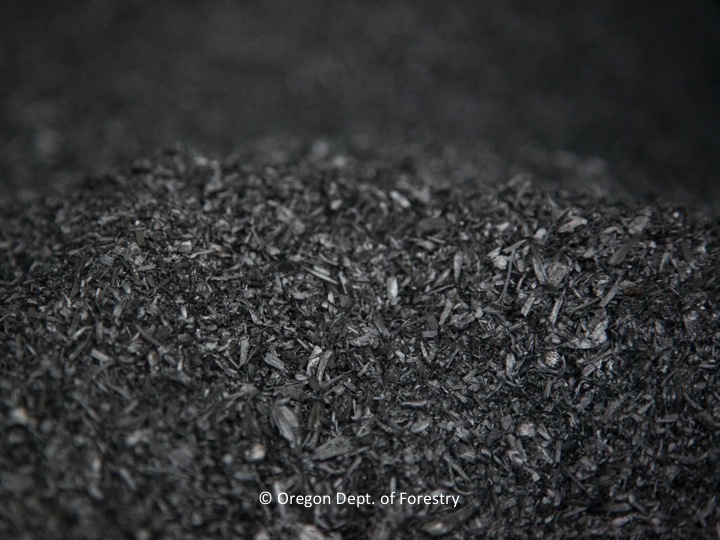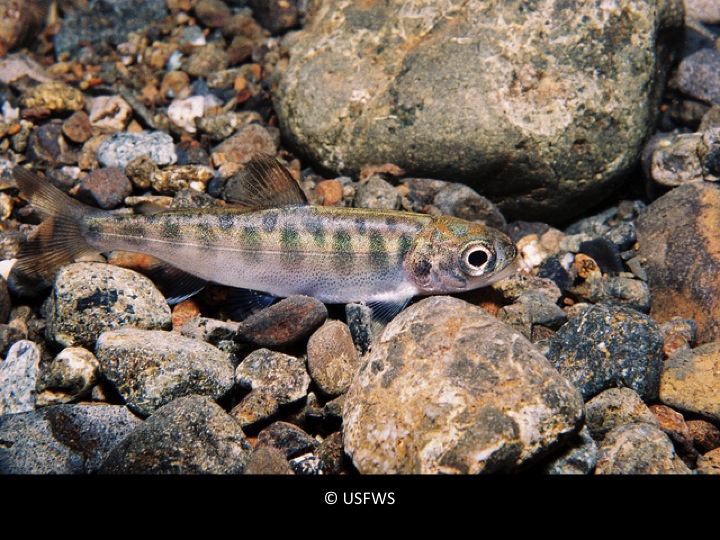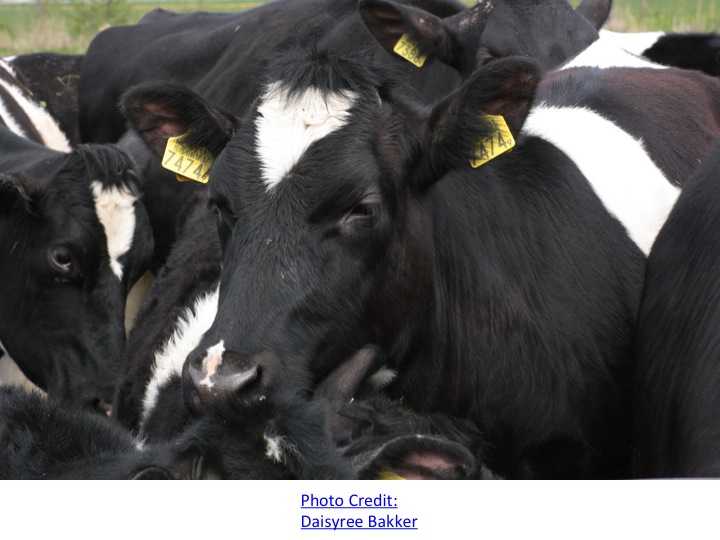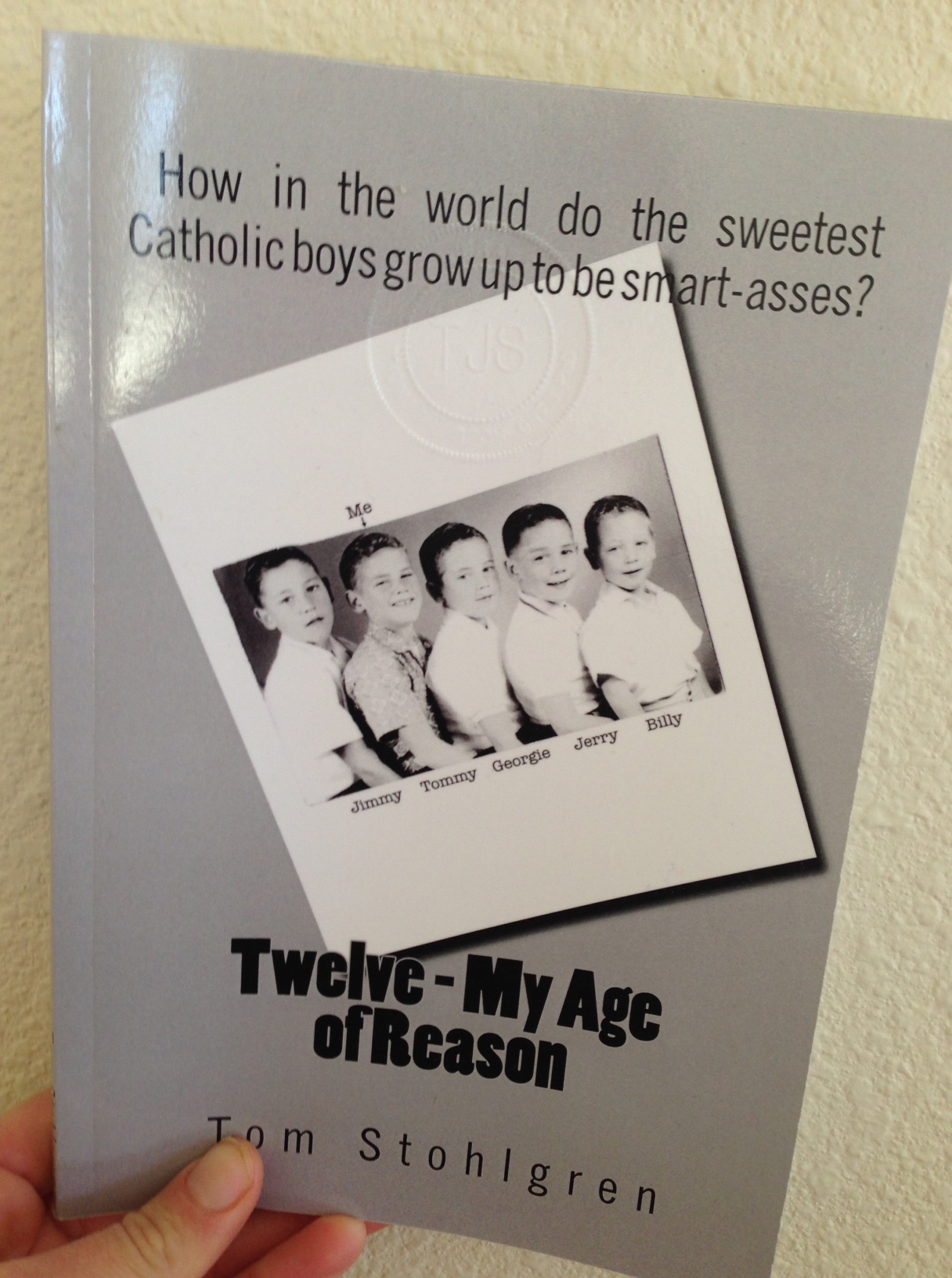Tom Stohlgren
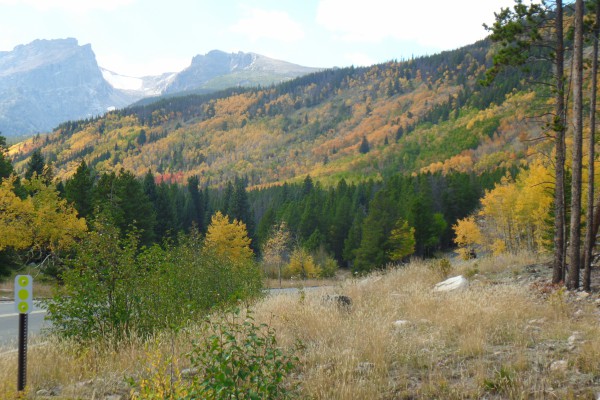
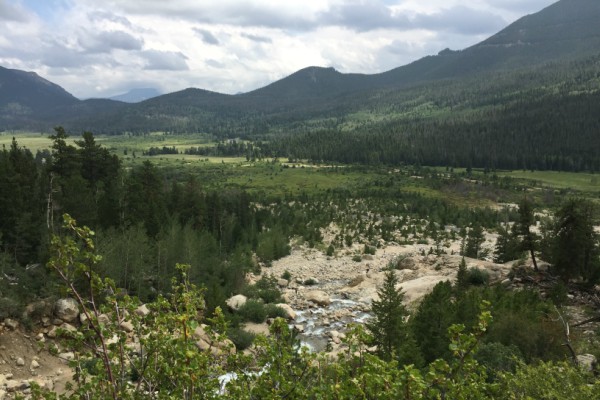
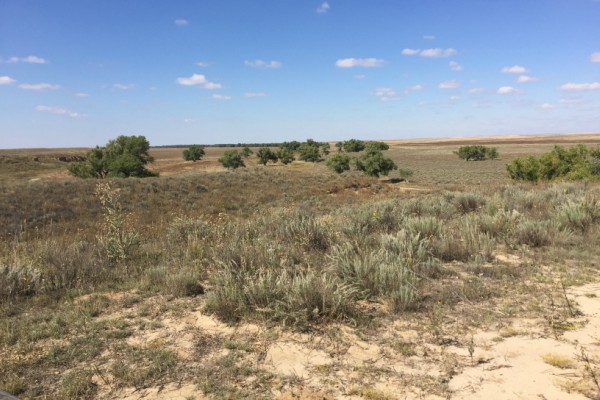
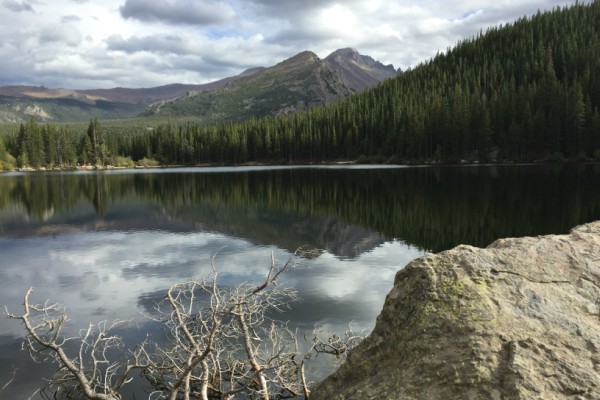
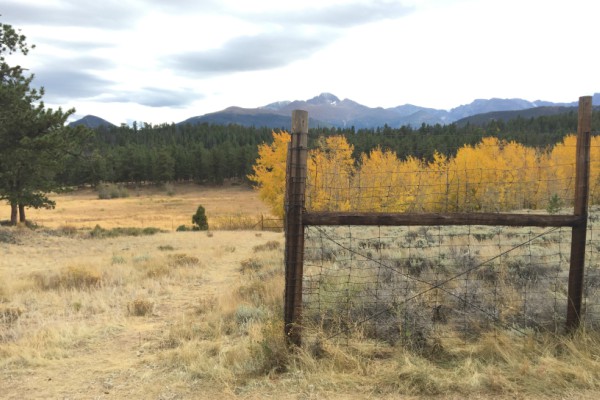
Biography

Tom Stohlgren
Stohlgren’s Research:
Thomas J. Stohlgren has long recognized that ecologists interested in assessing landscapes and ecosystems must measure biomass, cover, and the density or frequency of various key species. He began his career by systematically evaluating various commonly-used fine-grained sampling designs for measuring species richness and diversity, patterns of plant diversity, species-environment relationships, and species distributions. He quickly learned that multi-scale sampling designs where needed to accurately measure plant diversity, quantify and map harmful invasive plant species, assess rare species for conservation. He designed or redesigned Multi-scale methods for measuring plant diversity such as the modified Whitaker sampling technique, which includes four scales and measurements (1-, 10-, 100-, and 1000-m2 plots), commonly linked to remotely sentenced information. This allowed ecologists to extrapolate fine-grained sampling methods to landscapes and regions. Stohlgren’s popular textbook, “Measuring plant diversity: lessons from the field” (Oxford University Press, 2007) summarizes much of this work.
Stohlgren’s research led to significant changes in paradigms of plant invasions. Other scientists argued the areas of low diversity would be quickly and easily invaded because areas of high diversity should exhibit competitive exclusion. Still green and his research team discovered the exact opposite. Across many landscapes including grasslands, shrublands, riparian zones, and Rocky Mountain ecosystems, all showed that species-rich areas we’re more prone to invasion. This “rich get richer” pattern of invasion was true across the United States for plants, fishes, and birds. Investigators around the world hats confirmed these results. Thus, natural resource managers in national parks, wildlands, and waterways began to target monitoring programs in species-rich areas, and frequently disturbed habitats.
Stohlgren’s team use these results to improve species distribution models for harmful invasive plants, animals, and diseases. The research has led to vastly improved habitat suitability models for Burmese pythons in the Everglades, Africanized honeybees in the United States, white-nosed bat syndrome, Asian carp, smooth brome, leafy spurge, and dozens of other harmful species. The predictive models also have been used to successfully model rare species or species of concern such as Aspen, butterflies, and threatening and endangered species.
Stohlgren himself:
Tom Stohlgren, Ph.D., is a Senior Research Scientist at the Natural Resource Ecology Laboratory, where he has held an Affiliate Faculty position since 1991. Tom is recognized as one of the top ten most productive scientists in the world in the field of biological invasions. He has published over 200 scientific papers and a textbook on methods of assessing plant diversity. He received a Bachelor’s degree in Forestry from the University of California, Berkeley; Master’s degree in Biology from California State University, Fresno; and, Ph.D. in Ecology from the University of California, Davis. Tom enjoyed working for the U.S. Geological Survey, Fort Collins Science Center, and the Department of the Interior for 35 years. Stohlgren has won several national awards including two Partners in Conservation Awards, and the Meritorious Service Award. In September 2012, Stohlgren received the top honor of “Resident Distinguished Ecologist” by a vote of faculty and graduate students at Colorado State University. He teaches graduate classes on philosophy of science, invasion ecology, and technical writing. Because of his expertise on biological invasions, he is invited around the globe to lecture on harmful invasive plants, animals, and diseases. In his copious spare time, Tom has authored six novels and over 30 screenplays.
He is proudest of his dozens of brilliant and successful graduate students — the NGOSs as he calls them, the Next Generation Of Scientists.
Tom is working part-time, phasing into retirement, as is not taking on new graduate students.


